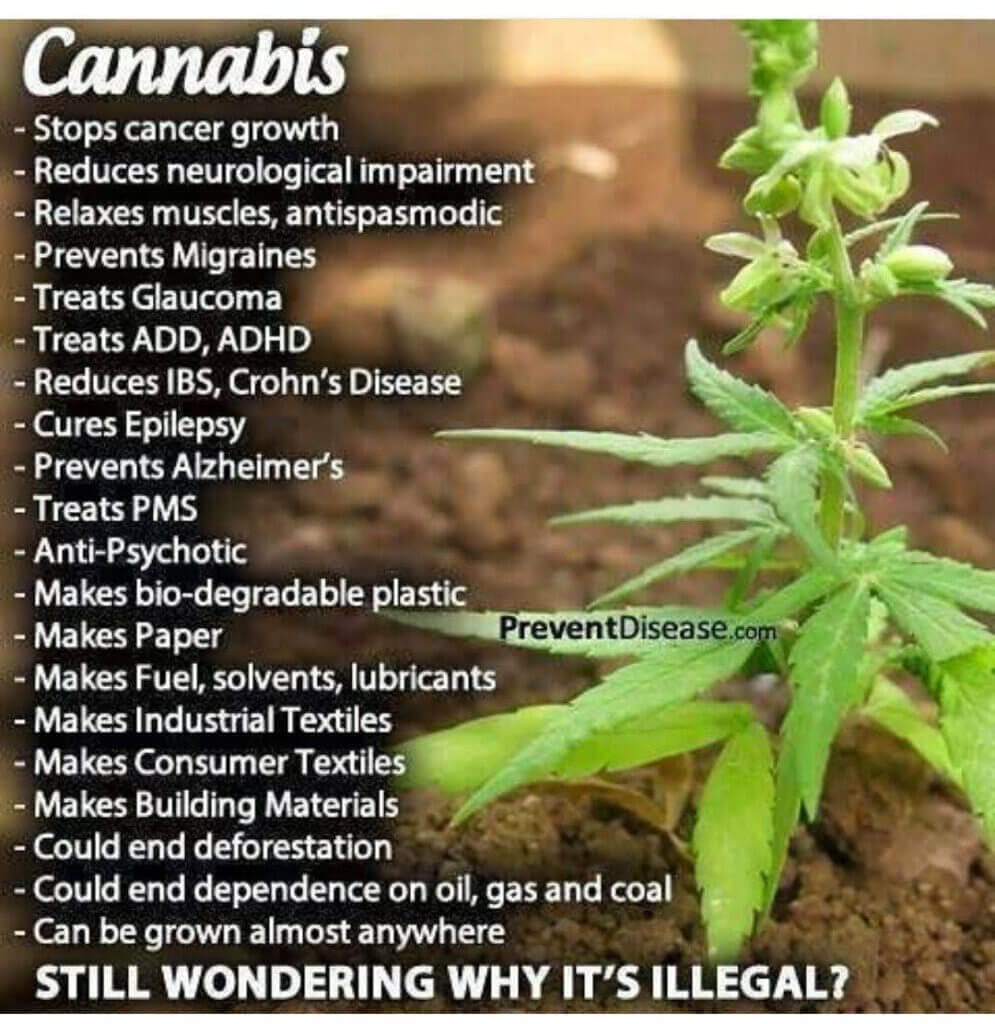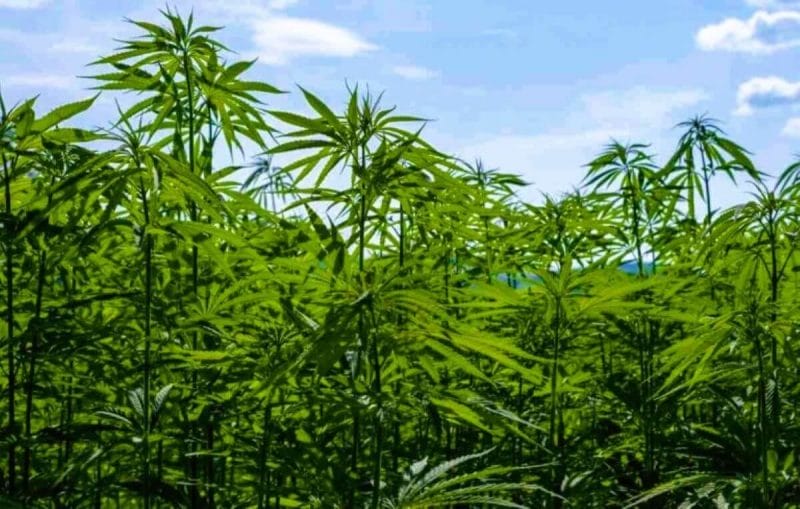Hemp…Oh, the horrors of this awful plant!
At least, that’s what we’ve been taught to believe for the past several generations. And why is that? While we normally focus on CBD products and the like, we felt it was vital for all to understand how important the Hemp plant actually is as a whole and why “The Powers That Think They Be” don’t want us to know about it.
Were you aware that for hundreds of years, hemp was grown to make everything from building materials to textiles?

Since every part of the plant can be used from the stalks, roots, seeds, leaves, and flowers, industrial hemp has a wide-reaching growth potential that is once again beginning to be embraced and explored by many. In fact, this plant is so versatile some have estimated industrial hemp could be used to manufacture more than 25.000 products…Wow, talk about a Cash Crop! Because of this, it will take more than one article to break down some of its most important and beneficial uses we should all be excited to learn about!
There is so much, where to begin?
Let’s start with Agriculture because, after all, if we can’t grow it, there’s no need for further conversation, is there?
Agriculture
As a crop, industrial hemp is sustainable, low maintenance, and incredibly versatile, so much so, it can even thrive in infertile soil conditions. Considering approximately 70% of water drawn from rivers and soil is used to irrigate crops, the fact that hemp requires a significantly low amount of water is crucial in many regions of the world. Not only does it grow extremely fast, but it can also be used for crop rotation to regenerate soil by a process known as phytoremediation. This is when the plant is able to filter out toxic substances from the soil which enables other new crops to grow and thrive in the now “cleaned” soil. In addition to that, hemp literally has the ability to increase soil fertility. It has been found the roots of the hemp plant produce compounds that increase microbial diversity which ultimately improves soil health. Hemp also produces a large amount of biomass which decomposes once it returns to the soil, returning much-needed nutrients. By utilizing hemp as a rotational crop, once it has been harvested, it is able to benefit the next round of crops grown in that field.
That’s right! Buh-Bye Monsanto!
Another fact to note about this amazing plant is it has the ability to pull a massive amount of CO2 from the air. The photosynthesis process allows hemp to form carbohydrates which are used to build the plant structure. At the conclusion of this process, it releases oxygen back into the environment and, as we know, is vital to our own survival.
And that just threw the “Climate Change” Agenda right out the window, didn’t it?
Speaking of the absorption of CO2 and receiving oxygen in return, what are some of the main reasons for deforestation? Building materials and paper perhaps? Think about it. It takes anywhere from 20-50 years for a tree to grow while it takes hemp, which can be grown over and over again, approximately 4 months. You would think that alone would be reason enough to embrace this alternative!
This leads us to…
Construction
Did you know that in construction, all the components of the hemp plant can be used to mimic the properties of concrete, plastics, wood, bricks, etc. The revolutionary hemp concrete formula known as “Hempcrete” is much stronger, lighter, and more elastic than conventional concrete. In addition, hempcrete is breathable, easy to work with, and is an ideal building insulation material. The materials used to create hempcrete biocomposites also absorb CO2 during the curing process. Additionally, CO2 is then absorbed and offset during the life cycle of the industrial hemp plant. Can you think of a better way in your construction decisions to take as much carbon out of the atmosphere as you can by deciding to use hempcrete as your go-to building material?
And last but certainly not least…
Paper
In 13th-century Europe, hemp was considered a useful alternative to wood for making paper for over 500 years. Unlike wood fibers, hemp is not only sturdier and longer lasting, but it can also be recycled more often. For example, over a 20-year period, 1 hectare (2.471 acres) of hemp can produce as much paper as 4-10 hectares (9.884-24.71 acres) of trees. Therefore, there is no need for deforestation. In fact, considering how beneficial hemp is for the soil, I would go so far as to say some of the acreage from previous hemp crops could, and probably should be used for RE-forestation! But, hey, that’s just my opinion.
Are you now starting to paint the picture as to why “The Powers That Think They Be” want to keep this information about this wonderful plant from us and why they’ve tried to keep it “illegal” for so long?
To be continued…

